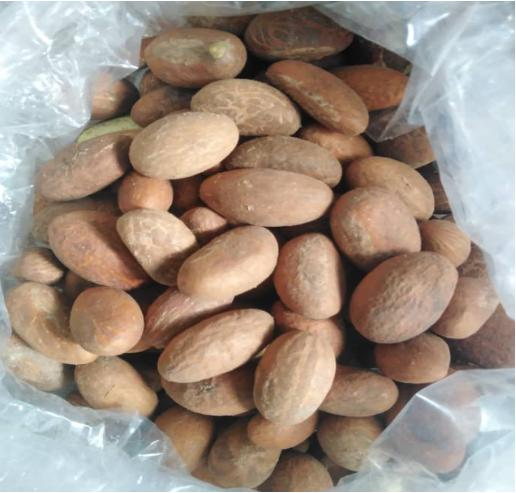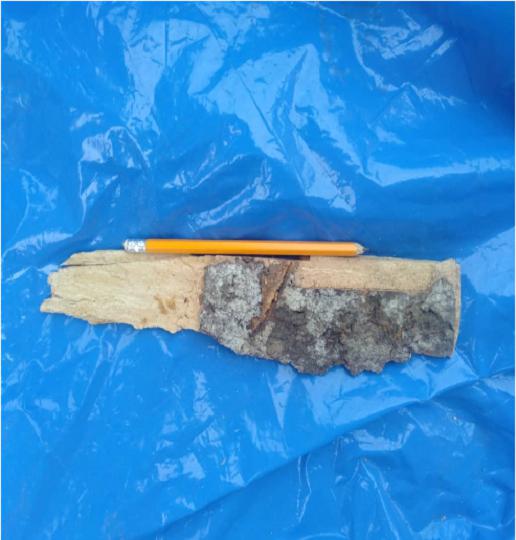Ngansop Tounkam Marlène
This project aims (1) to carry out a socio-economic survey of Garcinia kola; (2) to evaluate the ecological niche of the species; (3) to assess the population density and natural regeneration of G. kola; (4) to elaborate a conservation strategy plan of the specie. This will contribute to provide baseline data for developing a Conservation and Sustainable management Strategy of G. kola. The project will provide information one: the level of anthropogenic pressure on the specie, which will permit to understand the management of the specie by local population. It will also provide information, which will permit to better understand the equilibrium state of the G. kola population. The results obtained on the impact of exploitation and natural regeneration potential of G. kola will contribute to the implementation of the national strategy of NTFPs.

Garcinia kola seeds.
Non-Timber Forest Products (NTFP) represent an important source of food, traditional medicine and other purposes (Ngansop et al., 2019). Hence, many species have multiple uses, as is the case with Garcinia kola (Clusiaceae) commonly known as Bitter kola (Manourová et al., 2019). For example, barks are sometimes used to ferment sugar cane juice or palm wine; seeds are chewed like aphrodisiac or to avoid and treat gastric problems and known to contain a wide range of phytochemical compounds; roots and stems are used like toothbrushes; crossbar are used to make wagon and camion (Vivien & Faure, 2011). As a result, there has been an increase in demand in local and international markets leading to increased pressure on the specie.

Garcinia kola bark.
The harvesting techniques of the bark are often destructive, threatening its regeneration, thus compromising species’ survival and sustainability (Eyog et al. 2006). Although national strategies are in place to promote sustainable management and utilisastion of NTFPs (MINFOF, 2019). However, they have often been limited by data to inform wise decision-making. For example, good knowledge of the distribution and natural regeneration potential of G. kola for which seeds are amongst the most-traded NTFPs in West and Central Africa is lacking (Stevens, 2020).
Thus, its exploitation potential is not always based on accurate knowledge of their forest potential and natural regeneration. Several studies have been done on its uses, value chain and constituents, and artificial regeneration of G. kola (Ndoye et al., 2000; Omotoso et al., 2018). However, there exists limited knowledge on its natural regeneration (e.g. Kamga et al., 2018). In Belabo, due to its location, near the border of Cameroon with Central Africa Republic, G. kola receives high market pressure. Hence, it becomes essential to provide baseline data necessary for its sustainable management planning.